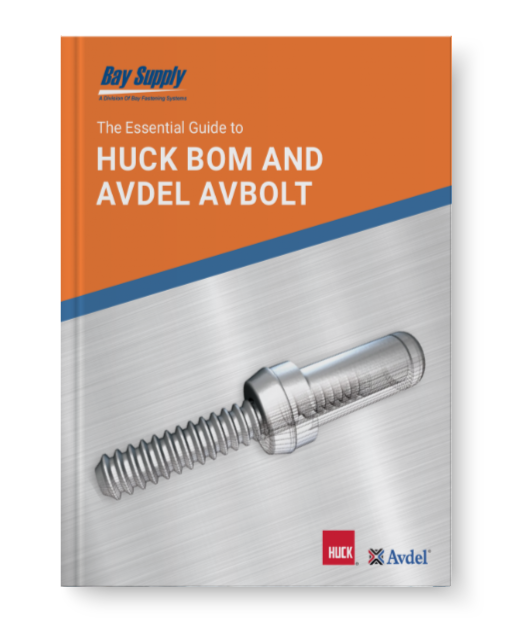When a bolt is inserted into a pre-drilled hole, the blind bolt installation tool creates pressure on the collar to form a solid connection as the expander collapses the pin on the blind side to form a finished and permanently clamped assembly. Installation is fast and easy, and more importantly, it is easy to inspect to ensure the installation has been done properly.
There are various characteristics to consider when choosing the right blind bolt. You need to choose the right grip range length and diameter for optimal strength and lasting performance. You usually can find the right blind bolt dimensions by consulting the manufacturer’s range chart. You also have to choose the right material. Most commercial blind bolts are made of steel, but there are alternate materials, such as stainless steel and titanium blind bolts, for specialty applications such as aerospace. Once you select the right blind bolt for the job, you will have an extremely strong and lasting joint.
To ensure optimal installed length and integrity of the fastened joint, you need to choose the proper length (i.e., grip range) of the fastener. The fastener grip range and corresponding overall length is obtained from the manufacturer’s data sheet. The grip range required equals the total thickness of the material to be fastened. Special grip gauges inserted into the pre-drilled hole can be used to determine the right bolt size for the strongest join. Unfortunately, there is no universal standard for blind bolt grip lengths, so each vendor has its own grip gauge.
In addition to being strong, blind bolts are resistant to vibration. Once installed, they will not work loose over time or weaken under constant shaking. That is why they have become the fastener of choice for airplanes, railway cars, automobiles, factory equipment, mining equipment, ships—any application in which the bond has to maintain a strong connection under ongoing vibration.
Another attractive feature is that blind bolts are tamper-proof. Because they are installed using special equipment and have no screw heads, they can’t be vandalized, making them ideal for use in public transit systems, public restrooms, public buildings, or anywhere vandalism is an issue. The core bolt itself is very hard, which makes it difficult to remove without special equipment from the manufacturer. If you have the right equipment, you can remove a blind bolt and leave the parent material and the pre-drilled hole undamaged.



 Huck BOM – Arconic’s
Huck BOM – Arconic’s 
